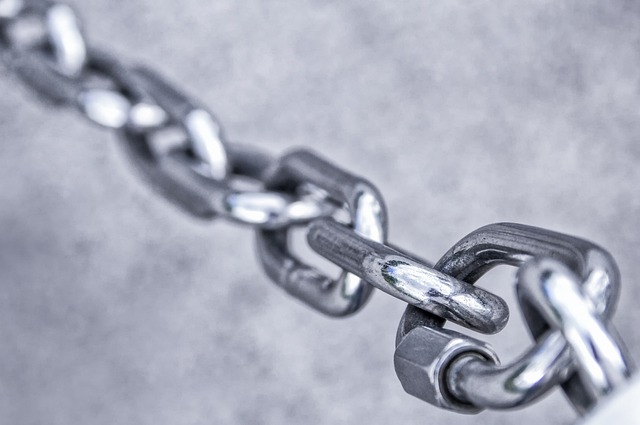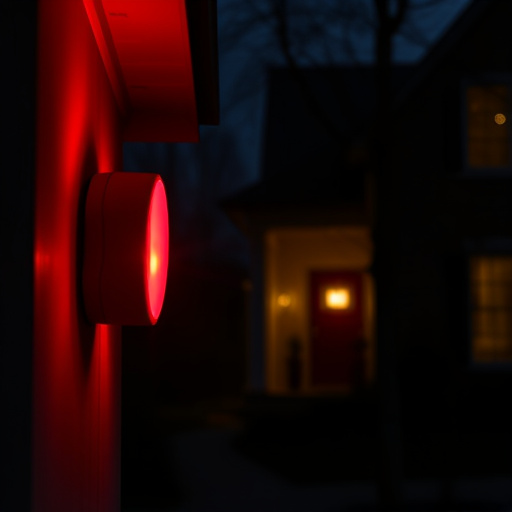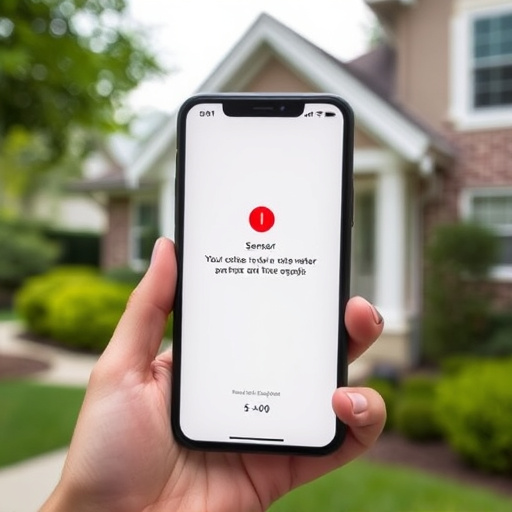Evaluating and securing your home is crucial for preventing break-ins. Start with a thorough check of entry points, identify weak locks or screens, and test alarms regularly. Enhance outdoor security with lighting and maintain a tidy landscape. Indoors, keep valuables hidden and consider cameras in high-risk areas. Implement smart home automation for real-time alerts and remote monitoring. Utilize strategic lighting and surveillance to deter intruders and capture evidence. Join neighborhood watch programs and prepare for emergencies to fortify community defense against break-ins.
In today’s world, ensuring your home is secure from potential intruders is paramount. This comprehensive guide explores best practices for preventing break-ins and safeguarding your sanctuary. From conducting a thorough evaluation of your home’s vulnerability to implementing robust physical security measures, we delve into effective security strategies. We also discuss the power of smart home automation, the role of lighting and outdoor surveillance, and the benefits of community support through neighborhood watches and emergency preparedness. Discover these secure home tactics for enhanced peace of mind.
- Evaluating Your Home's Vulnerability: A Comprehensive Checkup
- Implementing Physical Security Measures: Barriers and Devices
- Smart Home Automation: Technology for Enhanced Safety
- Lighting and Outdoor Surveillance: Deterring Intruders
- Neighborhood Watch and Emergency Preparedness: Community Support for Home Protection
Evaluating Your Home's Vulnerability: A Comprehensive Checkup
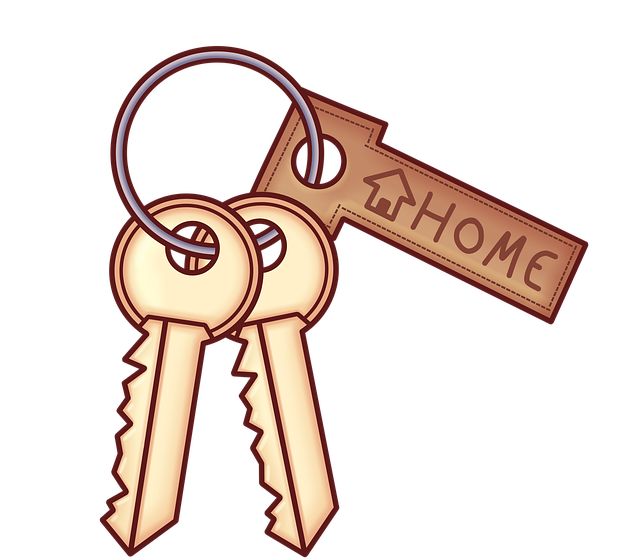
Evaluating your home’s vulnerability is a crucial step in implementing effective security strategies for preventing break-ins. Start with a comprehensive checkup, covering all entry points—windows, doors, and any other potential access points like garage doors or vents. Look for weak spots, such as old or faulty locks, unsecured screens, or gaps around utilities. Regularly testing smoke alarms and carbon monoxide detectors is also essential; these can serve as early warning systems for both fire and potential intruders.
Don’t overlook the power of good lighting. Well-lit exteriors deter would-be thieves, so consider installing motion-activated lights around your property. Additionally, keep landscaping tidy—remove dense foliage that could conceal an intruder. Indoors, ensure valuable items are not left in plain sight and use security cameras to monitor high-risk areas. Regularly updating these measures will significantly enhance your home protection measures and provide peace of mind.
Implementing Physical Security Measures: Barriers and Devices

Implementing Physical Security Measures: Barriers and Devices
One of the most effective ways to prevent intruders is through robust physical security measures. The first line of defense starts at your entry points—doors and windows. Invest in high-quality locks that meet industry standards, ensuring they’re strong enough to resist forced entry. Consider adding security hardware like reinforced doors, metal door frames, and dual-paned or impact-resistant windows. These upgrades significantly deter potential burglars, as they know a stronger physical barrier is in place.
Additionally, integrating security devices further enhances your home’s protection. Alarm systems with motion sensors are excellent at detecting unusual activity. Cameras, both wired and wireless, provide visual surveillance, allowing you to monitor your property remotely. For extra peace of mind, consider installing outdoor lighting with motion-activation, as well as security gates or fences, especially if your yard offers easy access to your home. These tangible obstacles serve as powerful deterrents against break-ins, making your secure home a much less appealing target for intruders.
Smart Home Automation: Technology for Enhanced Safety
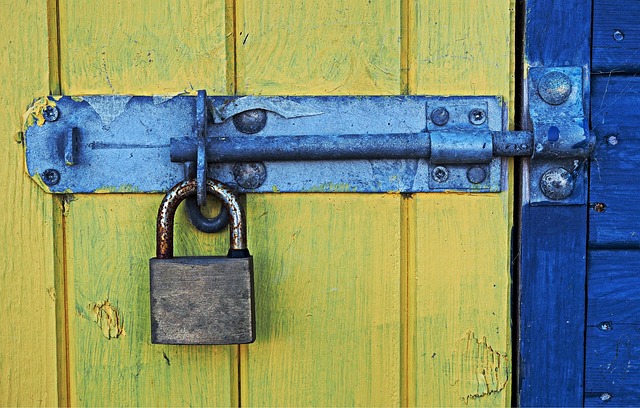
Smart Home Automation is a game-changer when it comes to enhancing your home’s security and protecting against break-ins. By integrating technology into your home protection measures, you can create an effective security system that acts as a powerful deterrent for potential intruders. These automated systems offer a range of benefits, from remote monitoring to real-time alerts.
With smart home devices, you can set up motion sensors, door and window contacts, and glass-break detectors that instantly notify you—and the authorities—when any suspicious activity occurs. This technology allows you to stay alert and respond swiftly, making it a valuable addition to your break-in prevention strategies. Plus, many systems can be controlled and monitored through a simple mobile app, giving you peace of mind while you’re away from home.
Lighting and Outdoor Surveillance: Deterring Intruders

Lighting and outdoor surveillance are powerful tools in your arsenal when it comes to preventing break-ins and keeping your home secure. Strategically placing lights around your property can act as a strong deterrent, as criminals prefer darkness to hide their activities. Bright, well-lit areas make potential intruders more visible and expose them to risk, making your home an unappealing target. Consider motion-activated lights that turn on at the slightest movement; these can startle intruders and alert you or neighbors to their presence.
Surveillance cameras are another effective security strategy. Positioning cameras in key areas like entrances, windows, and valuable asset locations sends a clear message that your home is under watch. Modern cameras often offer HD video quality, night vision, and even remote access via smartphone apps, allowing you to monitor your property from anywhere. This technology can serve as a powerful deterrent and provide crucial evidence should an intrusion occur, making it an essential component of any break-in prevention plan.
Neighborhood Watch and Emergency Preparedness: Community Support for Home Protection
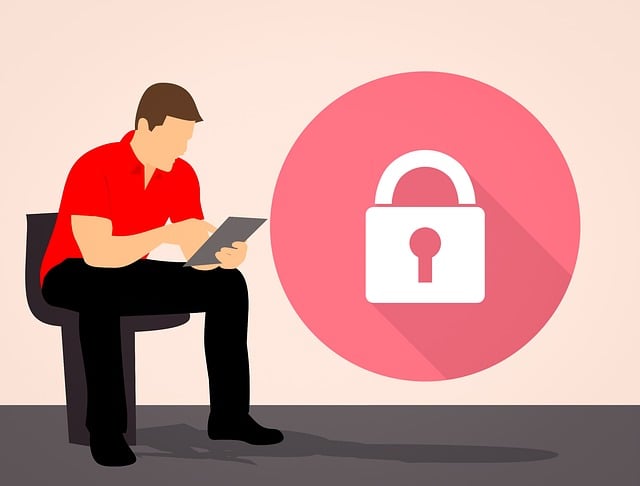
Neighborhood Watch and Emergency Preparedness play a pivotal role in enhancing home security tips and preventing break-ins. These community initiatives empower residents to work together for break-in prevention, fostering a culture of vigilance and support. By joining or forming a Neighborhood Watch group, homeowners can benefit from shared effective security strategies and secure home tactics. Members often keep an eye out for suspicious activities, exchange intelligence on potential threats, and coordinate response plans for emergencies.
Emergency preparedness adds another layer to home protection measures. This involves creating an emergency plan, stockpiling essential supplies, and ensuring all family members know the protocol. Regular drills and communication with local emergency services further strengthen the home’s defenses against intruders. Together, Neighborhood Watch and Emergency Preparedness create a robust network of support, transforming communities into formidable barriers against potential break-ins.











